|
Working remotely from anywhere in the country requires good internet access. As we shared early in our RV journey, we use a variety of technologies to ensure strong Wi-Fi signal. In May 2022, Elon Musk’s Starlink high-speed internet service became available for RVs. After considering it for a month or so, we decided to purchase it. And we’re super glad we did. What Is Starlink for RVs? Starlink is an array of more than 3,000 small satellites in low orbit around Earth. By orbiting only 340 miles from the planet, the satellites can deliver low-latency broadband internet with speeds high enough to support video calls, streaming, and even online gaming. Traditional Starlink required a stationary satellite receiving dish that limited Starlink use to immobile locations. Starlink for RVs extended the high-speed, low-latency functionality to changing locations. Although the service is not designed to be accessible while in motion, it is available if you move from point to point. Setting up Starlink for RVs After getting dropped from video calls in Maine and Vermont due to poor Verizon cell service and no T-Mobile service, I was eager to try Starlink. Although tempted to ask our camping neighbors in Maine if I could use their Starlink service, I refrained. I hobbled through the work week, knowing our Starlink equipment was waiting for us at my brother’s house near Lansing, Michigan. We arrived at my brother’s in great anticipation of the internet speeds we could get. Our $599 equipment fee provided everything we needed to set up the service: the satellite receiving dish, a router, and a 75-foot cable. For an additional $150, we purchased a FlagPole Buddy* from Amazon to mount to our RV ladder for easy setup and teardown of Dishy, as the satellite dish is called, when we need it to be high. Other times, we can put the dish on the ground. It requires a clear view of the northern sky. 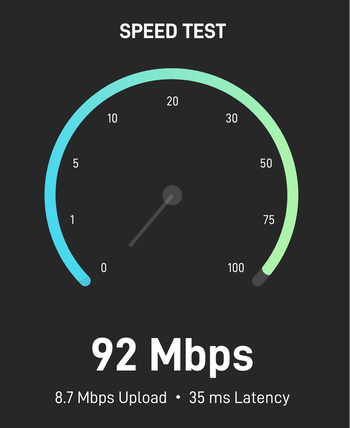 Bob had to download the Starlink app on his smartphone to complete the setup. The app has features that show how the service is working, where Dishy’s view to the satellites is obstructed, and things like that. Starlink comes with a 30-day guarantee. If you’re not happy with the service in that time period, you can return it and get a full refund on the cost of the hardware, the initial $599. On top of that, the service costs $135 per month. You might still be out the $135 for the first month even if you’re unhappy with it. Assessing Starlink Internet Service The Starlink service didn’t deliver exceptional internet quality at my brother’s house. But it did provide enough for us to stream movies and TV shows. Our Verizon signal came in strong, so I used it for work there. And we canceled our T-Mobile service. At our next location in southwestern Michigan, I hoped Starlink would enable me to work from my office without having to cross the street to my cousin’s house every time I needed to join a video call. Verizon service at Debbie’s farm is not very good. I’m happy to report Starlink has exceeded my expectations for internet quality. Although encountering a few hiccups when our Dishy lost sight of a satellite, I haven’t been dropped from any video calls while using it. I’ve been able to do my work successfully from my office inside our RV. Is Starlink for RVs Worth It? As I mentioned, we can’t use Starlink while traveling from point to point. On those rare occasions when we need reliable internet while in motion, we use our Verizon MiFi. Depending on the location, and the number of other Starlink users there, internet speeds may slow, especially during peak times. For example, if numerous people in the area rely on Starlink for their full-time work, that can affect our internet speed. Similarly, if lots of people use Starlink to stream TV shows and movies in the evening, we might run into some issues while watching our own. Another drawback of Starlink for RVs is that it’s not yet available everywhere. That’s why we’ve kept our Verizon service. We pay $135 a month for Starlink and $70 a month for Verizon to ensure we have dependable internet so that I can work and support our RV living habit. We’ve achieved download speeds as high as 92 Mbps when Dishy had a completely unobstructed view of the entire northern sky. The highest we got with Verizon were in the 40s range when in close proximity to a Verizon cell tower. For us, Starlink for RVs is well worth the cost. We’re glad we made the investment. You might also like RV Travel: The Fuel Factor. * As Amazon associates, we earn from qualifying purchases.
3 Comments
The high fuel prices and a planned trip to Alaska got us seriously thinking about an additional fuel tank for Gulliver. After all, 32 gallons can only take us so far, especially when we average 8 miles per gallon while towing. An additional fuel tank offers a couple of perks. First, it would give us more flexibility in where we stop, enabling us to go longer distances with fewer fillups. That would mean we could take advantage of rest areas, which could save us 20 minutes a pop over a truck stop. Second, it would enable us to stock up on fuel when we find it at a good price. Weighing the Options Most people who add fuel capacity to a truck do so through an additional tank that sits in the truck’s bed. Various makes and models of those exist. Some stick up higher than the sides of the bed and include a gas pump handle for manually filling the in-market tank that came with the truck. Others sit just below the sides of the bed and connect to the onboard tank for more seamless switchover. We wanted one shorter than the sides of our truck as we have a tonneau BAKFlip cover over the bed to protect our fifth wheel hitch when we’re not towing. During travel, we flip the cover open and secure it in place. To accommodate Bob’s handyman skills, we carry a lot of tools in the bed of our truck, too, distributed in four stacks of modular containers secured against the cab — where most after-market fuel tanks are designed to sit. Not wanting to part with or relocate the tools to the trailer, Bob looked into other fuel tank options. He found we could replace our 32-gallon onboard fuel tank with a 55-gallon tank. That’s the route we decided to pursue. The Doctors Are In Bob ordered the tank and had it sent to my brother Steve’s house in Michigan. Bob and Steve are both mechanically minded and felt confident they could perform the operation and save money over having a dealer do it. Preparing Gulliver for surgery meant draining his onboard fuel tank. Since we arrived at Steve and Ginger’s with about a half tank of diesel, we had a bit of driving to do to empty his bowels. Two round trips to the Detroit airport, about 70 miles each way, to drop me off and pick me up for a work trip to San Francisco did the job. The day of surgery arrived. Steve offered the use of his garage for the operation. Out with the Old, In with the New Bob crawled under Gulliver and loosened the bolts holding the original fuel tank in place. As he neared time for the old tank to come out, fumes overpowered him, making him dizzy and lightheaded. I got dizzy too. Did we hallucinate seeing a duck that thought it was a chicken? No, that actually happened. The guys succeeded in removing Gulliver’s old tank. Then they had to reattach hoses from the original tank to the new tank before they could install it. Bob painstakingly cleaned around the openings of the old vessel before doing so to help ensure no debris got in the new tank. Because the new tank stood taller than the original, installing it required jacking up Gulliver’s tail. That enabled enough wiggle room to get the new tank into position. The guys got it secured and returned Gulliver’s tail to the ground. Road to Recovery Before the transplant could be considered successful, the new tank had to be tested for leaks. The guys poured 5 gallons of diesel into the tank. That amount barely covered the bottom. But it held and provided enough fuel to get to a local station to fill the tank in full. As Bob pumped diesel, I peered under the truck to watch for leaks. Thankfully, I saw none. Now, we have a longer driving range. The tank sticks out about 2 inches below the truck, which is no big deal. The only drawback is that the range to empty notification on our dashboard is based on a 32-gallon tank, not its 55-gallon replacement.
You might also like New Shoes for Gulliver. Bob and I relish cruises on the open seas as they provide a way to disconnect from our ordinarily busy lives. In the past, that meant leaving Gulliver and Tagalong behind, parked somewhere safe to give us peace of mind. All that changed when we were looking for the easiest and best way to get around Lake Champlain to relocate from Burlington, Vermont, to Michigan. As we learned in Virginia and Maine, it pays to have insiders who know the area well. That also proved true in Vermont. While discussing our route options with Jim and Kelly, friends who live in the Burlington area, they suggested we take a ferry across the lake. A Fresh Idea When you drive a big rig that spans 57 feet long, 8.5 feet wide, and 13.25 feet tall, the thought of driving it onto a ferry typically doesn’t cross your mind. We had never considered such a thing, thinking our rig way too big to put on a boat. But Jim and Kelly told us semi-trucks cross the lake that way all the time. We looked further into the possibility, and Bob even called the ferry service. Sure enough, they could take us and would measure our combined vehicle length when we arrived to determine the cost. It looked like we’d be out $80 to $90 to take this route, but it would save us significant time, fuel, and wear and tear on our vehicles from the bumpy roads down and around the lake. We were sold. Window of Opportunity On our scheduled day of departure from the campground, rain threatened our journey. We avoid driving in rain whenever possible because doing so forces water into the trailer around the slideouts. Checking and rechecking the weather, we decided leaving by 8 a.m. would give us the best window for the least amount of rain. So, we busied ourselves with getting the trailer ready and hooking up to Gulliver. After hitting the road at about 7:40, we drove a half hour to the ferry station, encountering a few drizzles on the way but no major downpour. Elation flashed across our faces as we pulled into the station and saw a FedEx truck in front of us. If the truck could cross on a ferry, we knew we could as well. Boarding Pass We checked in and got measured and were charged only $55.65 — a bargain as far as we were concerned. Told to pull into lane five, to the left of the FedEx truck, we obeyed, expecting to have to wait 15 minutes for the next ferry. A dock worker waved at the FedEx truck to board, followed by a line of cars. We thought the outfit could only take one big, heavy vehicle per ferry load. But then the worker waved us on and ushered us to park directly behind the FedEx truck. Just like that, Tagalong was on a cruise, experiencing beautiful views and refreshing breezes as the rain held off and the skies grew brighter. Although the journey was short-lived, taking only about 15 minutes, it was unique and rewarding. And now we know ferries are not out of the question for our travels. You might also like What an RV Travel Day Is Like.
We had visited the state of Maine early in our marriage, going just over the border to the touristy but alluring towns of Kittery and York. There, we took obligatory pictures of the Nubble Lighthouse, dipped our toes in the frigid Atlantic Ocean, hit the outlet stores, and toured an old military fort. Wanting a more authentic Maine experience 30 years later, we headed farther north, to Bar Harbor, lured by stories of its beauty. Although it’s also touristy, we spent a week in the area, and an insider’s tips helped us get the most out of our stay. Delectable Seafood With a coastline that stretches more than 3,000 miles, Maine has been producing seafood since well before it became the country’s 23rd state in 1820. One of the most popular seafoods in the area is, of course, lobster. Believe it or not, lobster used to be considered poor people’s food and was fed to prisoners. That all changed in the 1900s when the Rockefellers hosted a dinner party at their Maine summer home and fed lobster to their guests. Our friend, Tom, whom we know from CAF Airbase Arizona, grew up in the Bar Harbor area and knows all the best places to get the freshest seafood. We met him at Union River Lobster Pot, located right on the river. While waiting for a table, we reclined on a wooden bench in a grassy expanse overlooking the river and caught up. Once seated inside, we chose from various sizes of lobster and other seafood entrees. I ordered a 1.5-pound lobster. Bob got a 2.5-pounder, and Tom got fried haddock. All of our meals were delicious. Bob and I must have looked like we knew what we were doing to get to the meat of our lobsters because a lady at the next table kept turning around to see if she was doing it right. Another evening, Tom referred us to the very freshest seafood in the area, at Beal’s Lobster Pier. It too offers a variety of lobster sizes, fresh off the boat, as well as lobster rolls, sandwiches, steamers, and fish. Bob got lobster and steamers. Not wanting to crack another lobster body open but wanting to partake in the delicacy, I ordered a lobster roll. Tom got the haddock taco special. We dined outdoors on the pier, reveling in the freshness of our meals. Scenic Drives What makes Bar Harbor a tourist destination is its proximity to Acadia National Park, which spans 38,000 acres of forested mountains, panoramic coastline, and picturesque islands. Part of our desire in visiting the area was to explore the expansive park. Based on Tom’s recommendation and its less popular status, we prioritized a visit to Schoodic Peninsula, a breathtaking, off-the-beaten-path area of Acadia. The winding road took us along the water’s edge, with stops to observe various rock formations and beaches, waves, and plant life. We even picked a handful of wild Maine blueberries on Blueberry Hill. Getting to Schoodic Peninsula requires a drive through the small town of Winter Harbor, where we stopped for breakfast. After filling up on an omelet and pancakes, we crossed the street to investigate the Winter Harbor 5&10 store. What a gem! The small space houses practically anything you might need, from dishes and towels to decorations, hardware, camping supplies, greeting cards and, of course, souvenirs. It also features a variety of local offerings. A few days later, we drove the main Acadia Park Loop Road, where most tourists to the area visit and hike from. Although we found the rock formations, sandy beach, Jordan Pond, and other sights attractive, they paled in comparison to the beauty we had experienced at Schoodic Peninsula. Water Opportunities Another Maine activity we relished would have never taken place had it not been for Tom’s recommendation. He suggested we make a trip to Northeast Harbor, investigate Pine Tree Market and its creaky wooden floors, buy a Maine specialty chicken salad sandwich with cranberry and something to drink, and meander to the harbor for a picnic. We took him up on the idea and had a wonderfully relaxing time. As we sat on a park bench delighting in our sandwiches, wine, and views, the Sea Princess cruiser arrived to dock. Thirty or so passengers disembarked from the afternoon harbor cruise, and another 30 or so arrived to go on the sunset cruise. Had we known about it ahead of time, we might have joined them. We weren’t dressed warm enough to go out on the water at sunset. Kayaks are also a common way to experience the water in the area. Another evening found us at Tom’s house overlooking a bay. If the tide hadn’t been out, we might have taken him up on his offer to kayak. There’s much more we could have seen and done in Bar Harbor, including a lumberjack show. We packed as much as we could into a work week, leaving us with pleasant memories of time well spent. You might also like 4 Cool Things to Do Along Lake Huron in Michigan’s UP.
|
AuthorThis is the travel blog of full-time RVers Bob and Lana Gates and our truck, Gulliver, and fifth wheel, Tagalong. Categories
All
Archives
July 2024
|
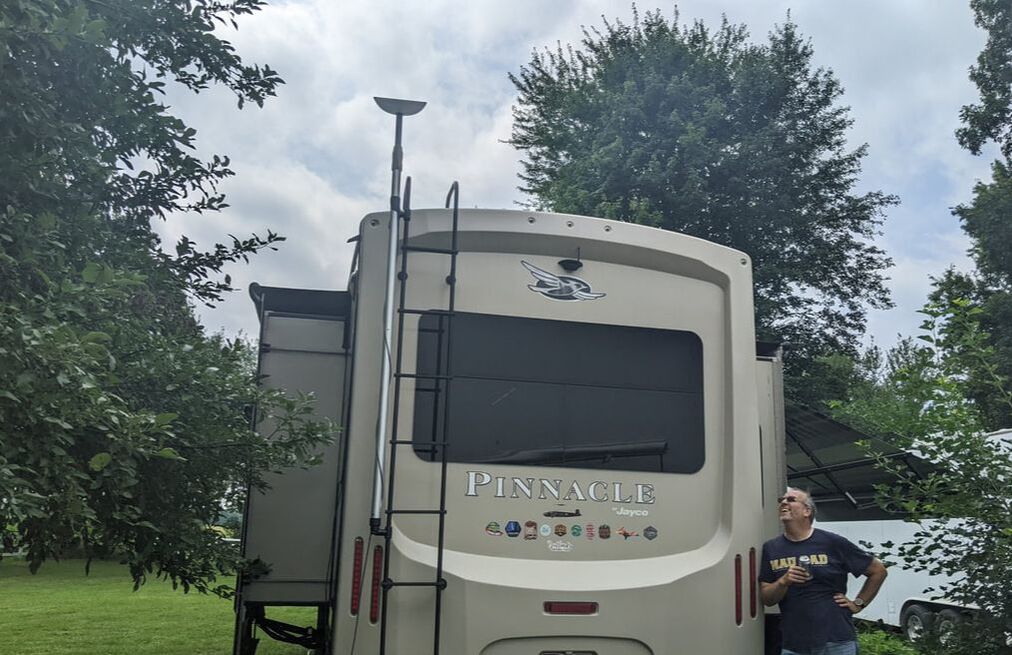
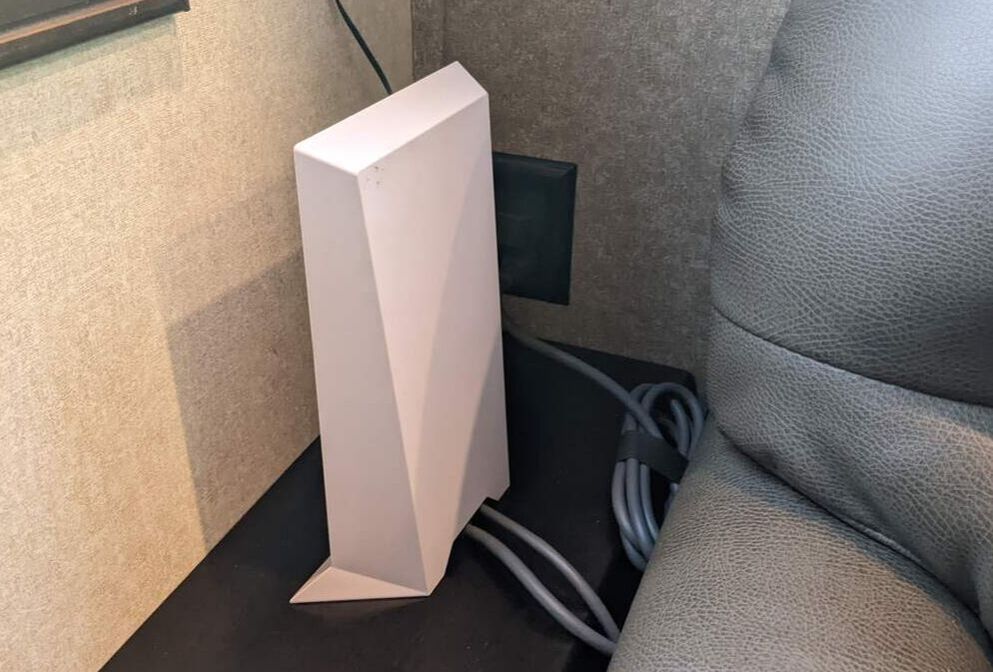
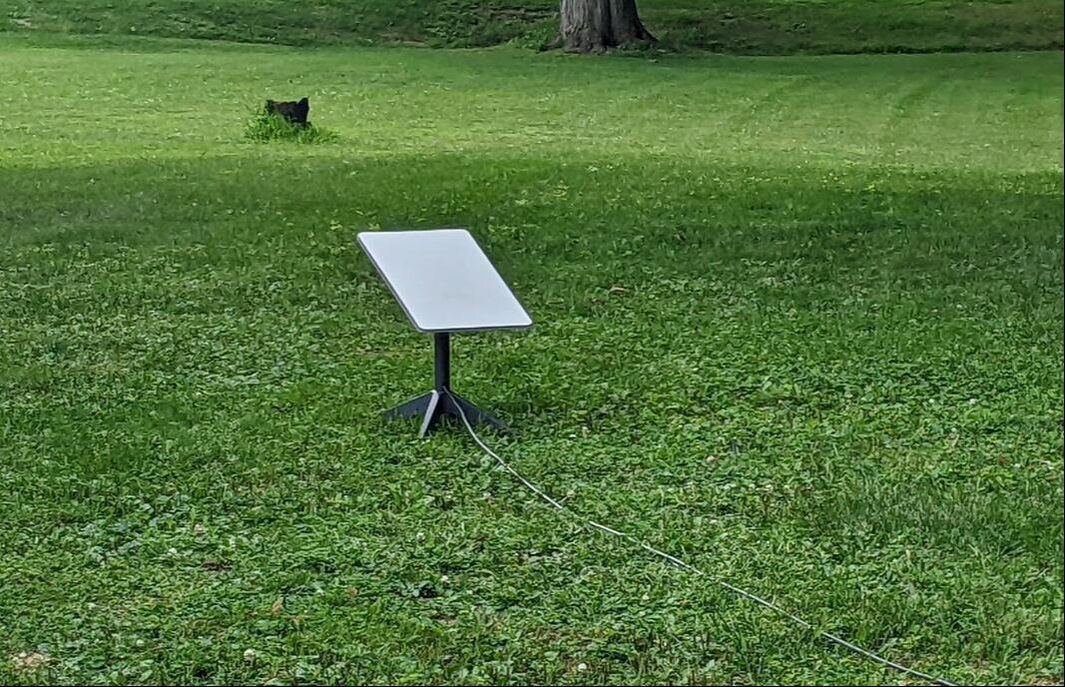
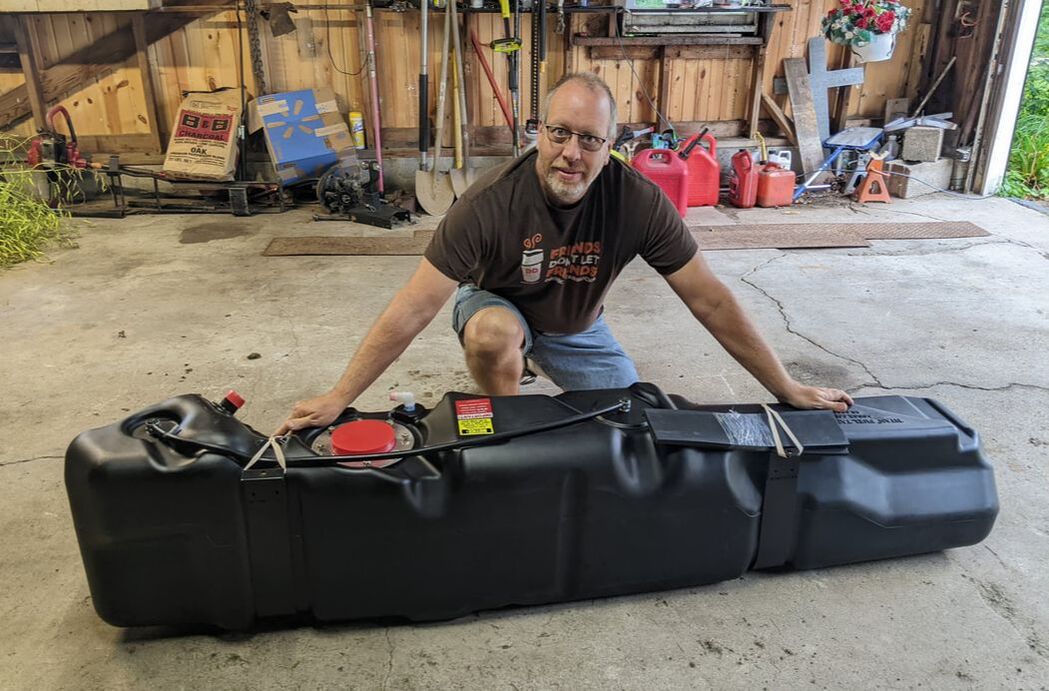
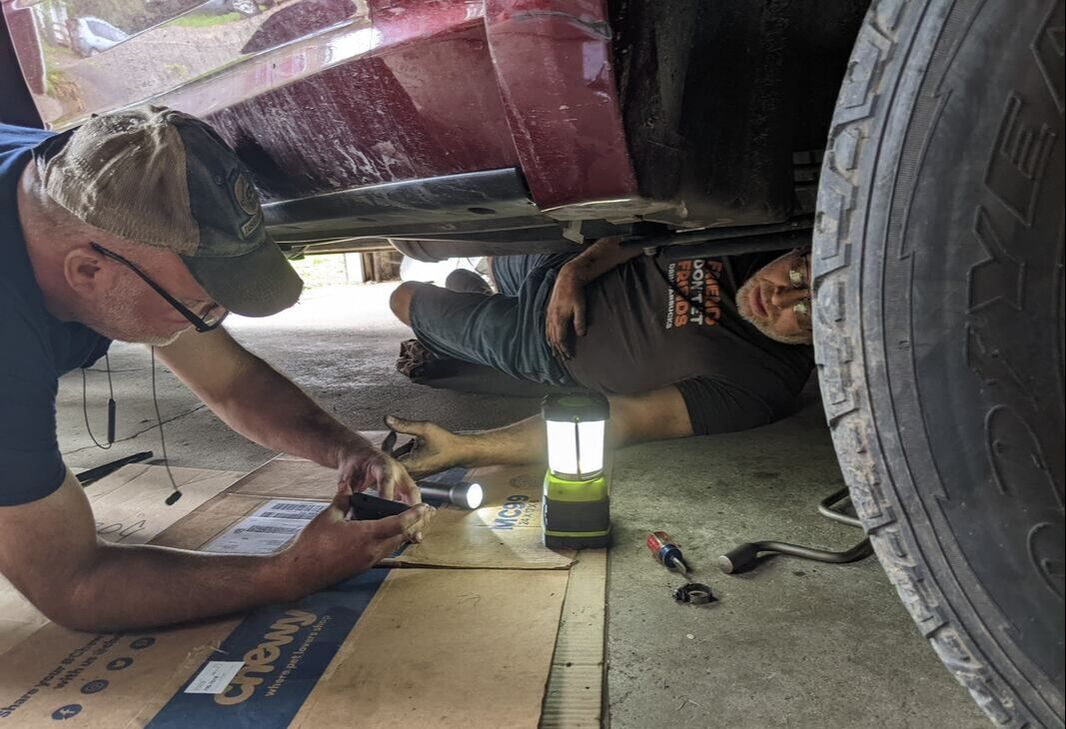
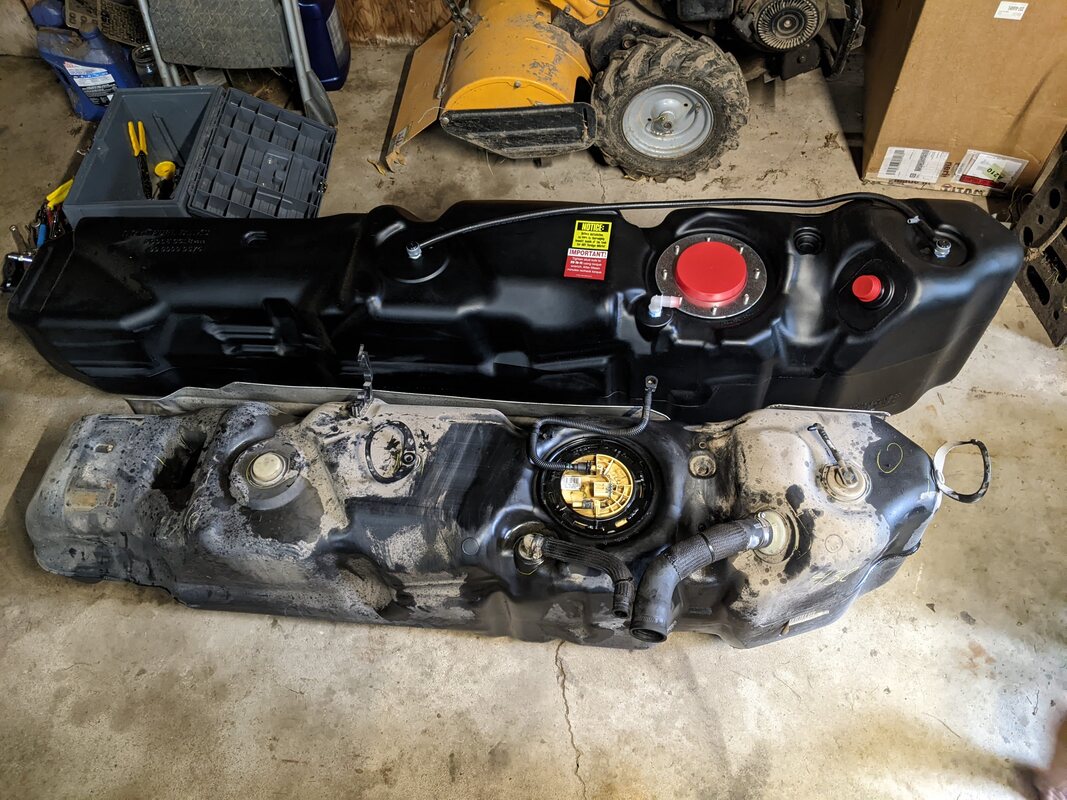

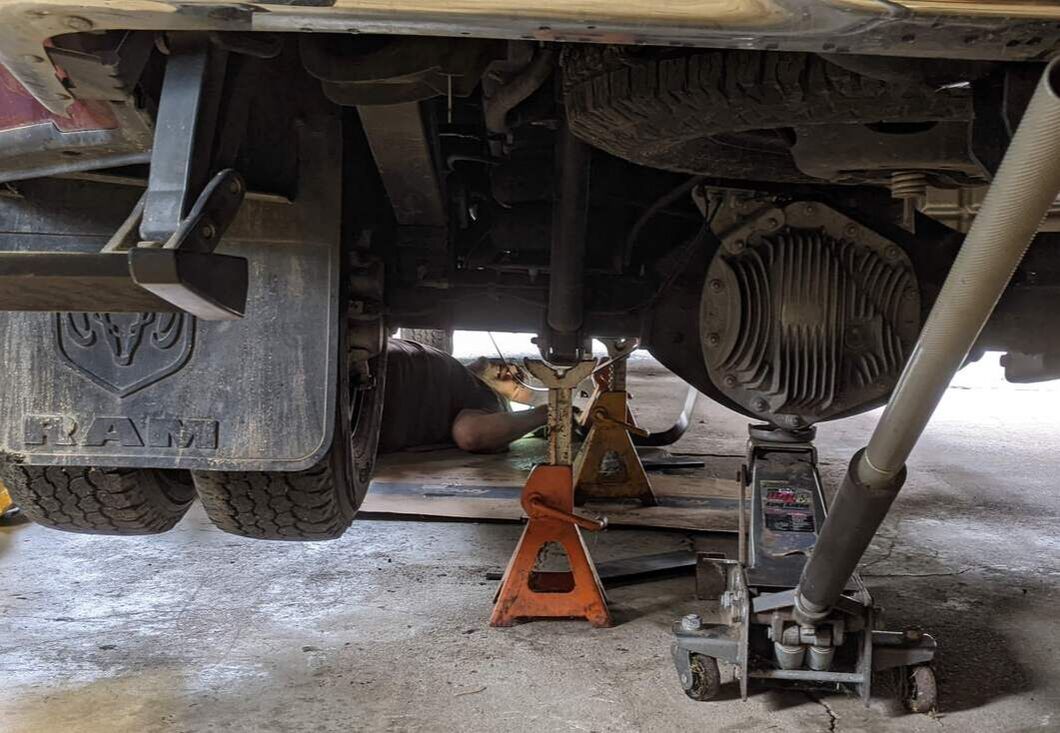
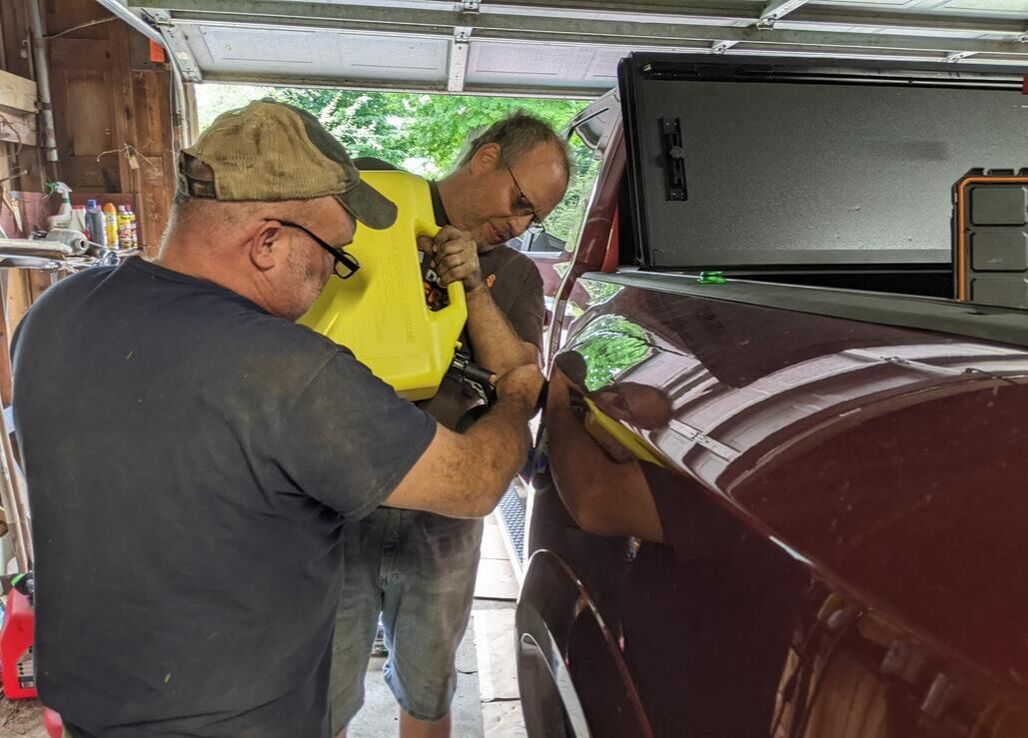
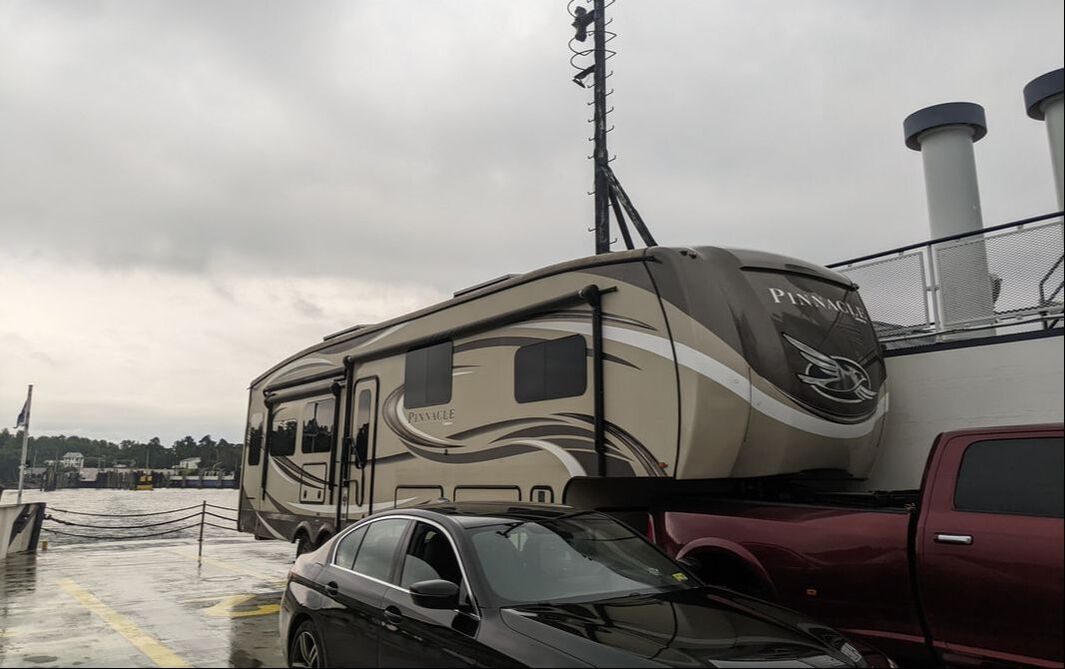
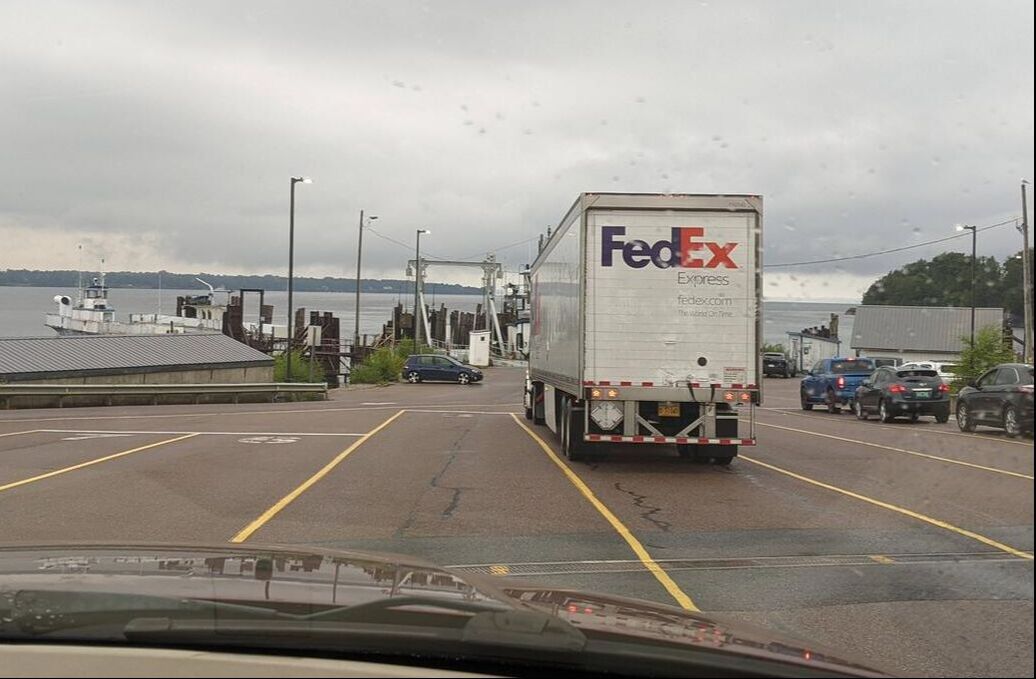
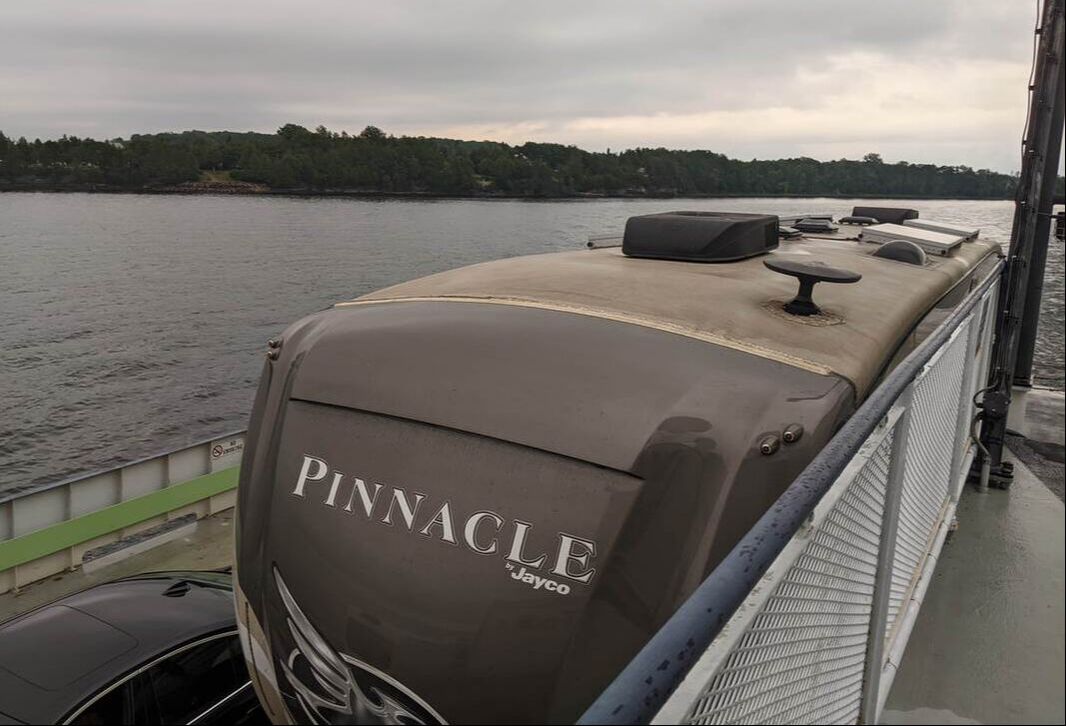

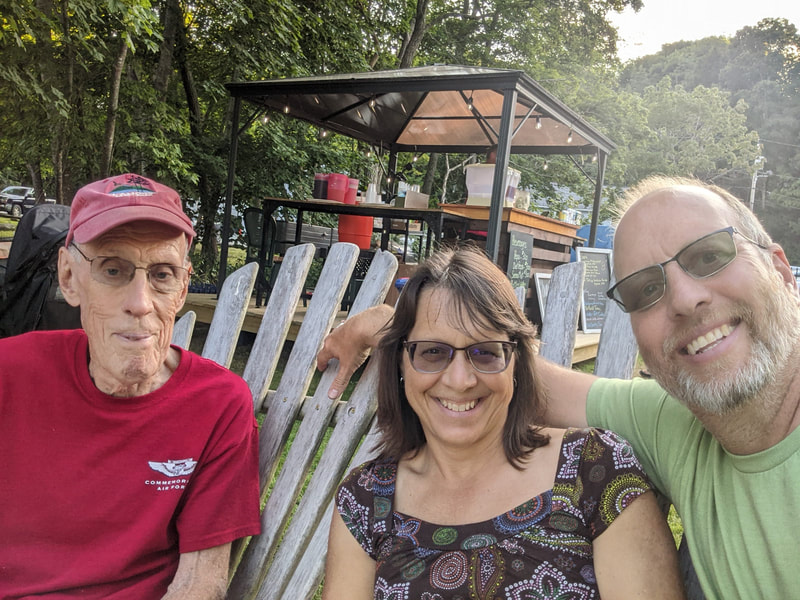
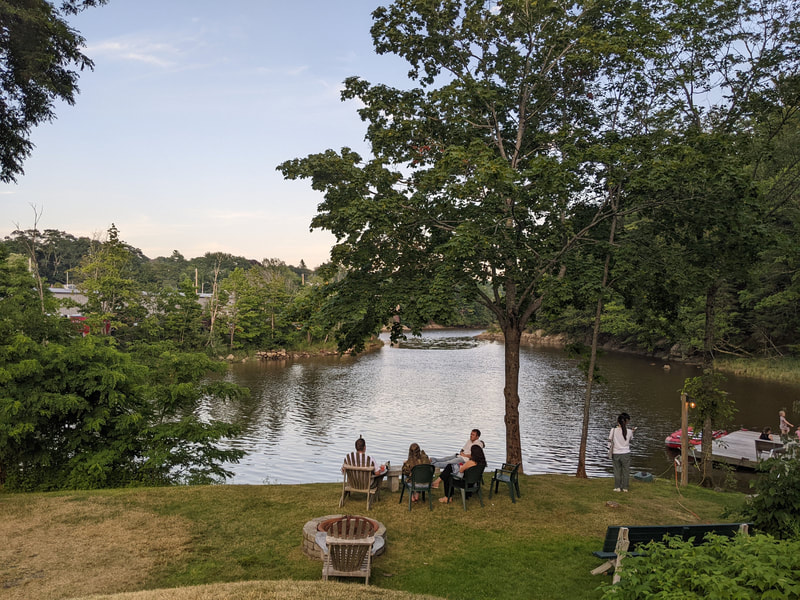





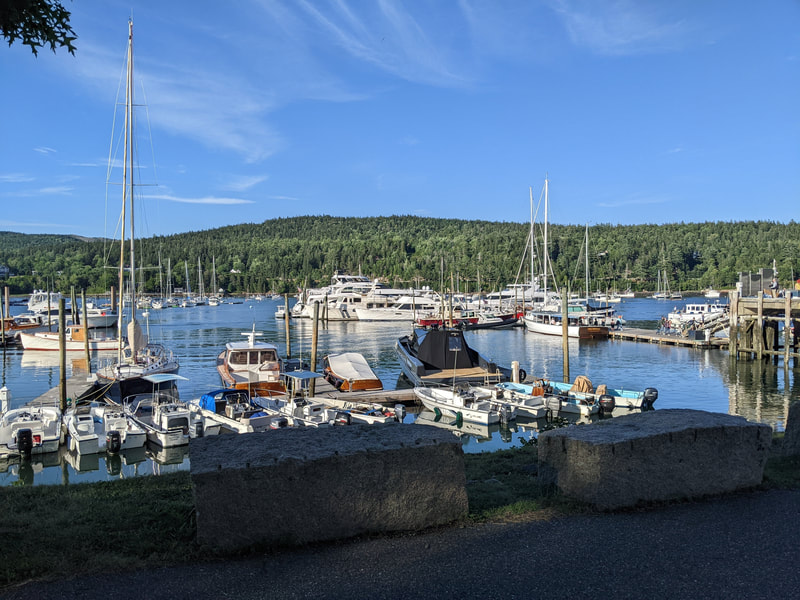

 RSS Feed
RSS Feed